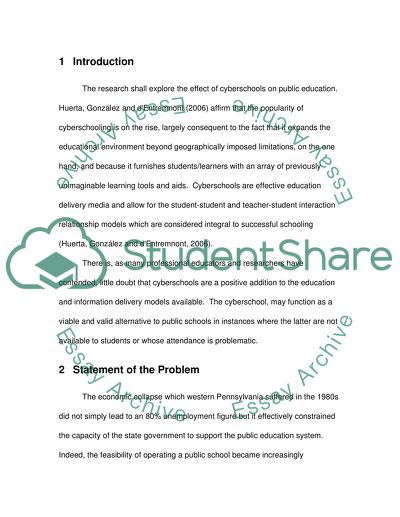Cite this document
(“The Effects of Cyberschools on Public Education Essay”, n.d.)
The Effects of Cyberschools on Public Education Essay. Retrieved from https://studentshare.org/education/1512487-the-effects-of-cyberschools-on-public-education
The Effects of Cyberschools on Public Education Essay. Retrieved from https://studentshare.org/education/1512487-the-effects-of-cyberschools-on-public-education
(The Effects of Cyberschools on Public Education Essay)
The Effects of Cyberschools on Public Education Essay. https://studentshare.org/education/1512487-the-effects-of-cyberschools-on-public-education.
The Effects of Cyberschools on Public Education Essay. https://studentshare.org/education/1512487-the-effects-of-cyberschools-on-public-education.
“The Effects of Cyberschools on Public Education Essay”, n.d. https://studentshare.org/education/1512487-the-effects-of-cyberschools-on-public-education.


